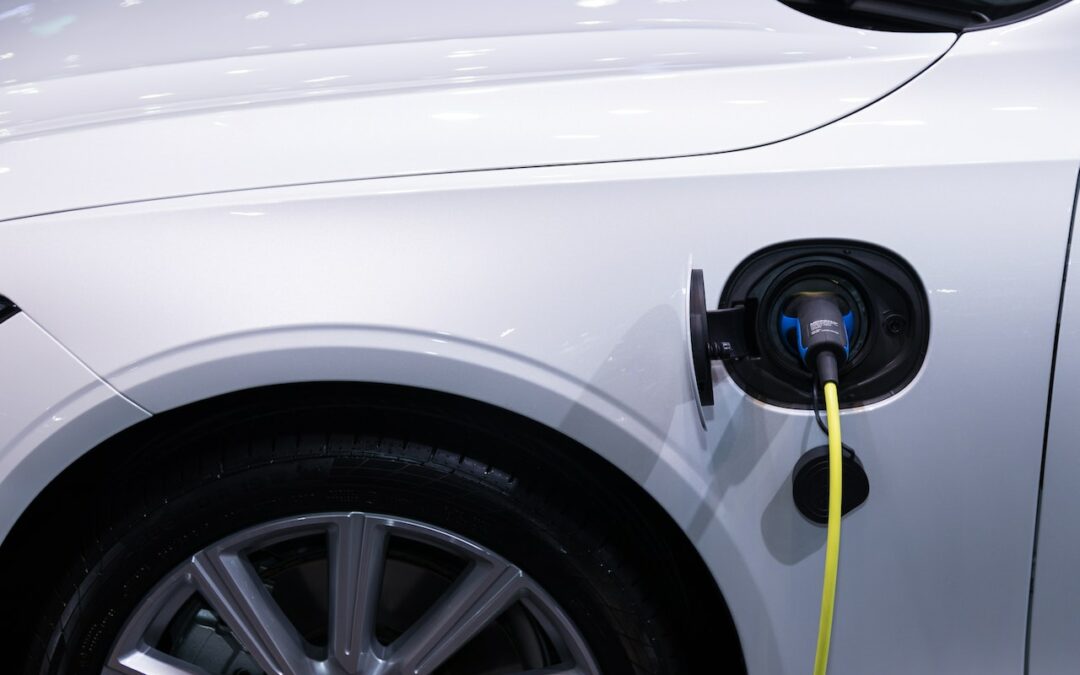


Discover the Top Nutrient-Rich Foods that Can Assist in Your Weight Loss Journey
While losing weight seems difficult, making simple changes to your diet by including the right foods can effectively aid in weight loss. However, with a plethora of dieting information available, it is easy to become overwhelmed while selecting foods. Nutrient-dense foods not only keep you satiated for longer but also provide essential vitamins and minerals […]
The post Discover the Top Nutrient-Rich Foods that Can Assist in Your Weight Loss Journey appeared first on Sustainability Times.

Sangmin Oh Illuminates Upcycled Industrial Fiber in Knitted Lighting Sculptures
The designer reimagines heat-resistant aramid fiber into elegant, nature-inspired fixtures.
Do stories and artists like this matter to you? Become a Colossal Member today and support independent arts publishing for as little as $7 per month. The article Sangmin Oh Illuminates Upcycled Industrial Fiber in Knitted Lighting Sculptures appeared first on Colossal.

Bridging the Adaptation Finance Gap Across Africa
Bridging the Adaptation Finance Gap Across Africa
jschoshinski
Thu, 11/21/2024 – 13:58
This blog is the first in a series highlighting USAID Climate Adaptation Support Activity (CASA) support for the African Adaptation Initiative (AAI). Launched by African heads of state at COP21, AAI is the African Union’s primary adaptation vehicle to bridge the climate finance gap. Stay tuned for the rest of the series, which will explore how CASA collaborates with partners to enhance climate resilience across sub-Saharan Africa.
Despite contributing the least to global greenhouse gas (GHG) emissions, sub-Saharan Africa faces some of the worst impacts of climate change. Extreme weather events, such as prolonged droughts, devastating floods, and rising temperatures, threaten food security, water availability, and overall socioeconomic development across the region.
The continent has contributed less than four percent of the global accumulation of GHG, but we are suffering the most. On top of that, we have the least resources to respond.
Souad Mourid, Head of Programs and Partnerships at AAI
As leaders gather in Azerbaijan for COP29, climate finance remains a priority conversation for governments, donors, and other stakeholders. Access to finance is a critical adaptation bottleneck across USAID partner countries in Africa. Limited capacity and resources to develop proposals coupled with complex proposal requirements and high competition for limited funds have resulted in only a fraction of the available funding reaching the region.
UNEP found that developing countries’ climate adaptation finance needs are more than 50 percent higher than previously estimated. In sub-Saharan Africa, the annual adaptation finance needs were up to $96 billion in 2023. By 2030, the number is estimated to reach $579 billion. By 2035, it could reach $845 billion—the highest of any region globally.
Without resources to build resilience, progress across the Sustainable Development Goals is faltering—we are seeing heightened food insecurity, water scarcity, migration, and even worse gender and education outcomes. With more frequent heat waves, some girls in Africa may stop going to school. It’s a complicated reality to face.
Souad Mourid, Head of Programs and Partnerships at AAI
As the world’s largest multilateral climate finance mobilizer, the Green Climate Fund (GCF) has committed $61.5 billion in financing and co-financing for projects across more than 100 countries with the goal of achieving parity between adaptation and mitigation. A reported 36 percent of those funds have been allocated to African countries.
AAI is African-led and strongly rooted in existing African institutions, including two of its implementing partners, Togo-based Sustainable Solutions for Africa (SSA) and Morocco-headquartered United Cities and Local Governments of Africa (UCLGA).
In line with USAID’s commitment to the Principles for Locally Led Adaptation and its targets to direct 25 percent of its funding directly to local partners by 2025 and ensure half of USAID programming has local leadership by 2030, CASA is partnering with SSA and UCLGA to lead AAI’s climate finance innovation, online finance capacity building, and technical capacity to build successful proposals for GCF funding.
“The GCF has limited funds, and huge competition exists for what they offer. One of the biggest barriers for African governments, banks, and local institutions is the capacity to build successful proposals,” explains Sandra Freitas, CEO and Founder of SSA.
Through its partnerships with SSA and UCLGA, CASA is providing AAI the direct support needed to achieve its core goal of doubling the amount of adaptation finance accessed and mobilized by African countries. The tools and trainings developed by SSA will help eligible institutions gain accreditation and submit proposals for more than $100 million in adaptation finance by 2027.
This work demonstrates how initial investment in the enabling environment and capacity strengthening of regional and national climate finance entities result in exponential gains in climate finance for the region long-term, ensuring more sustainable climate finance programming.
Unlocking capital across the continent will build climate resiliency in geographies most vulnerable to climate impacts, contributing towards USAID’s goals for locally led adaptation and USAID’s Climate Strategy Intermediate Result 1.3 for more equitable access to climate finance.
Teaser Text
As leaders gather in Azerbaijan for COP29, climate finance remains a priority conversation for governments, donors, and other stakeholders. Access to finance is a critical adaptation bottleneck across USAID partner countries in Africa.
Publish Date
Thu, 11/21/2024 – 12:00
Author(s)
Hannah Blair
Hero Image
Empowering Young Farmers in Tanzania with Climate Smart Technologies
Blog Type
Blog Post
Strategic Objective
Adaptation
Region
Africa
Topic
Adaptation
Climate
Climate Finance
Climate Strategy
Climate Strategy Implementation
Climate Finance and Economic Growth
Inclusive Development
Locally-Led Development
Partnership
Resilience
Training
Sectors
Adaptation
Climate Finance
Projects
Climate Adaptation Support Activity (CASA)
Show Download Link
On

Ford Explorer vs Renault Scenic: we find the superior electric family SUV
Ford and Renault lead the way when using old names for new cars. How do the electric Explorer and Scenic SUVs compare?
